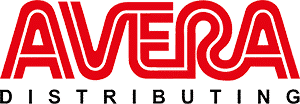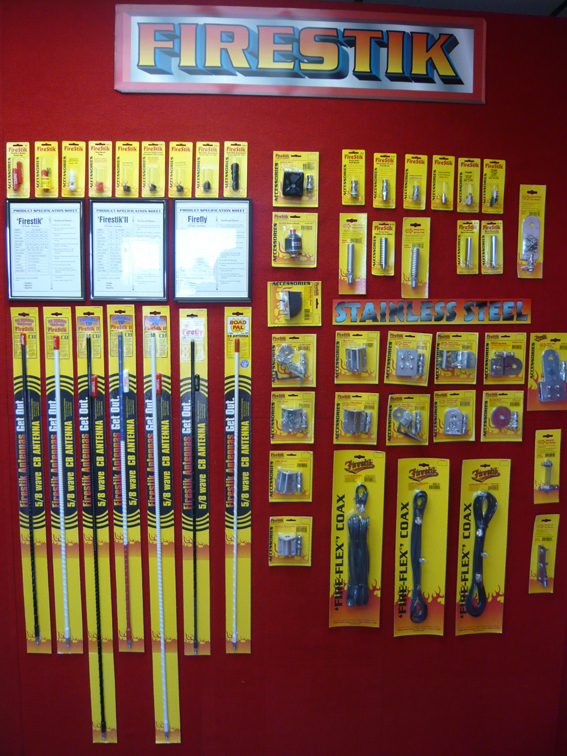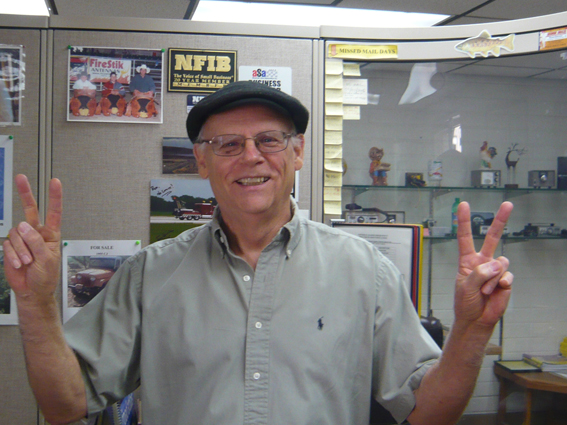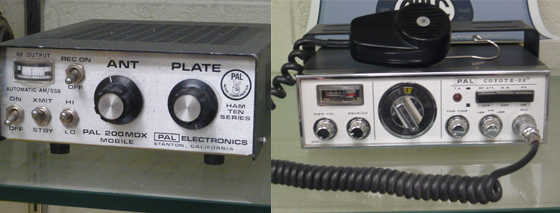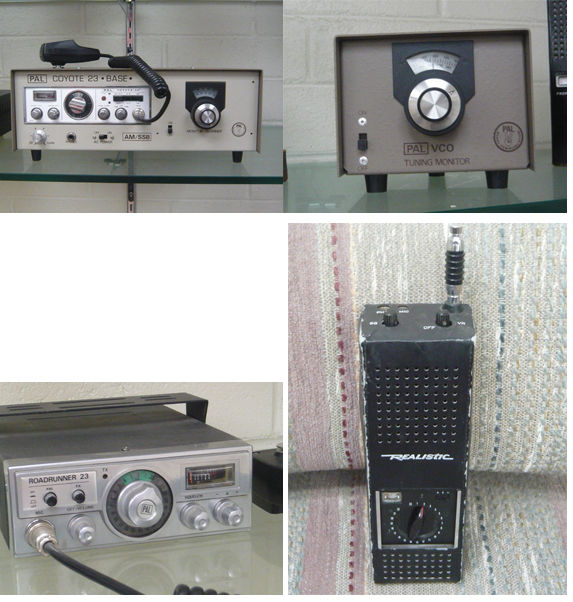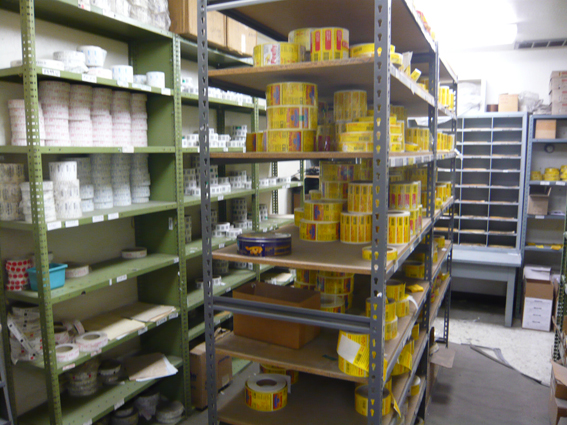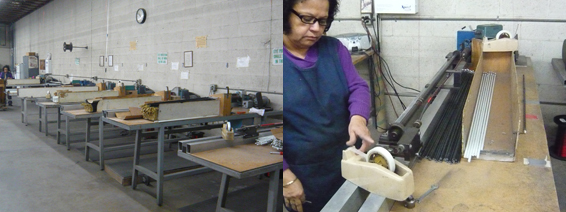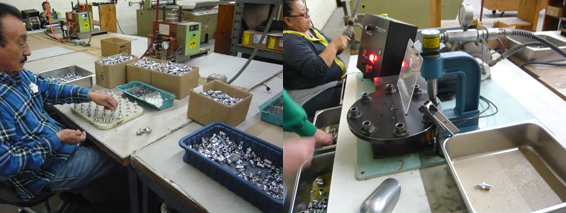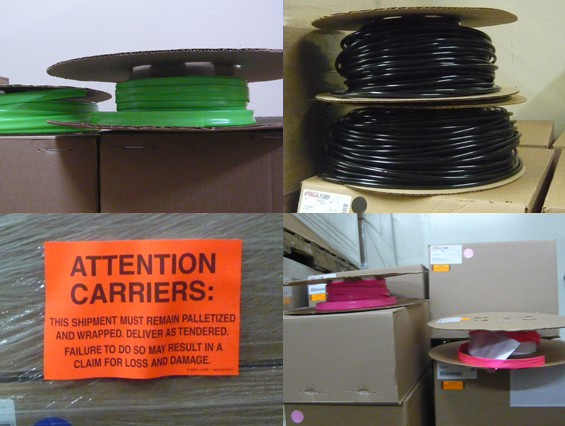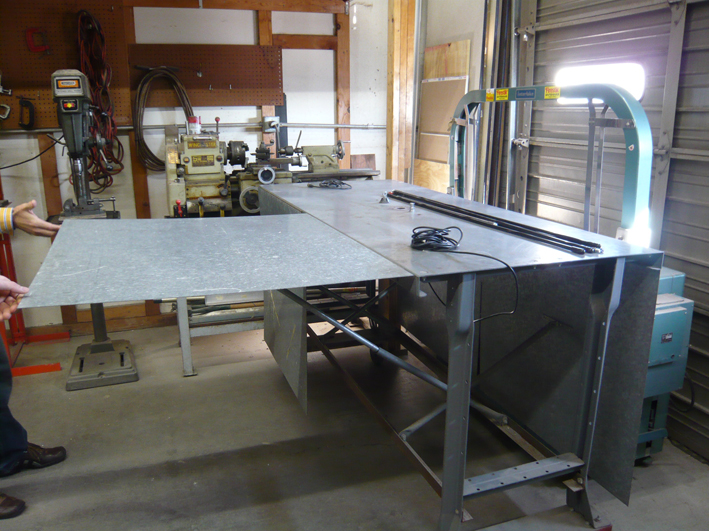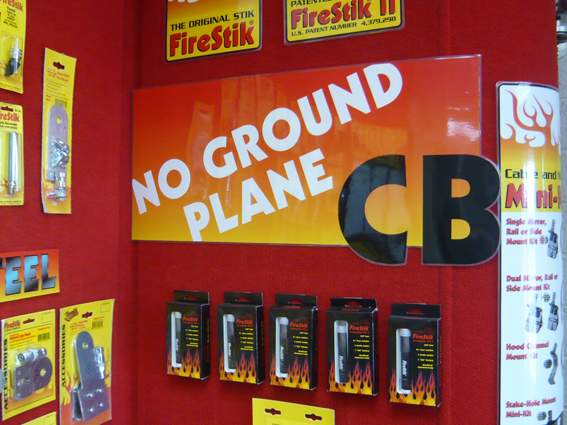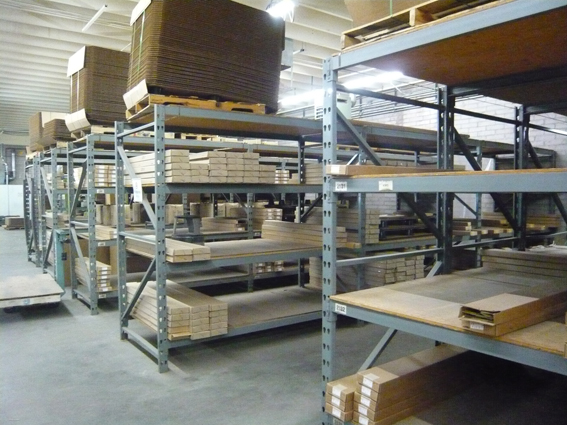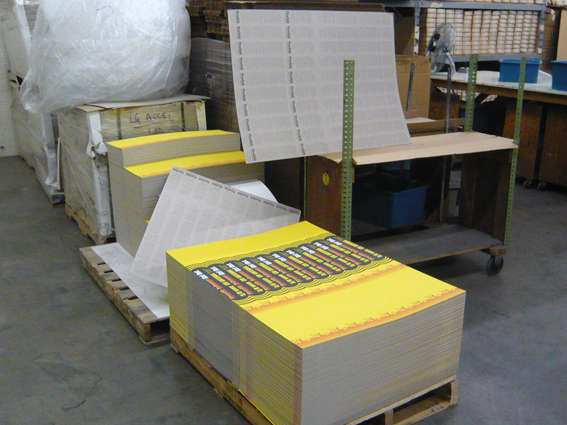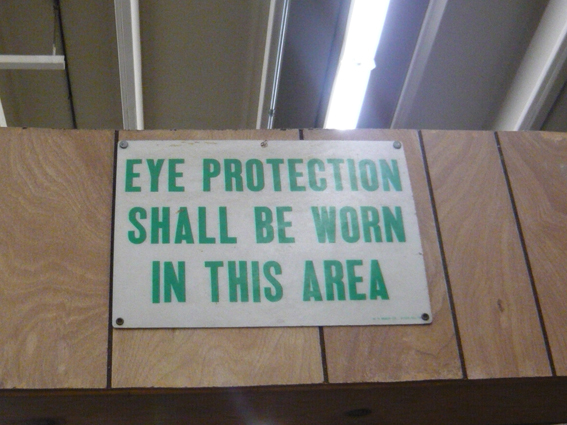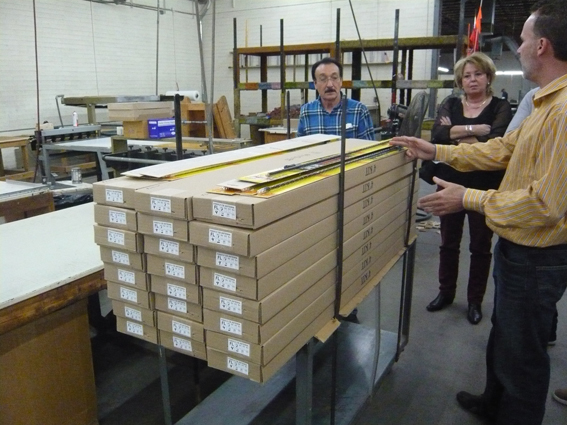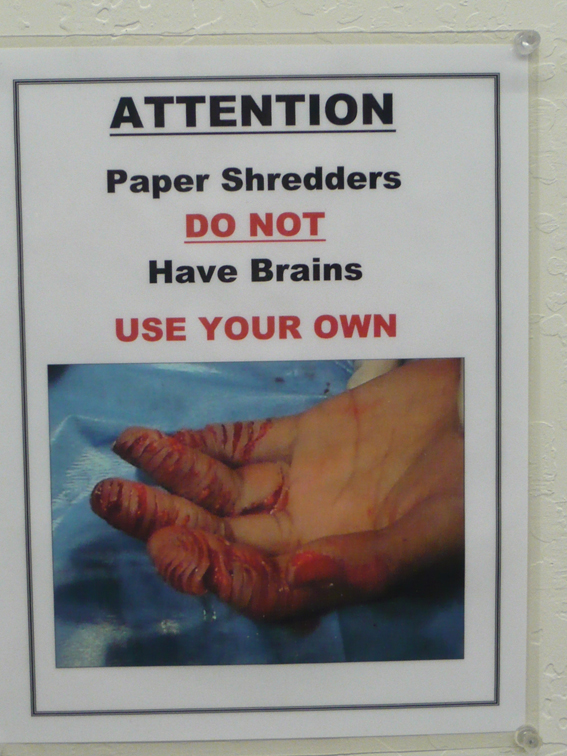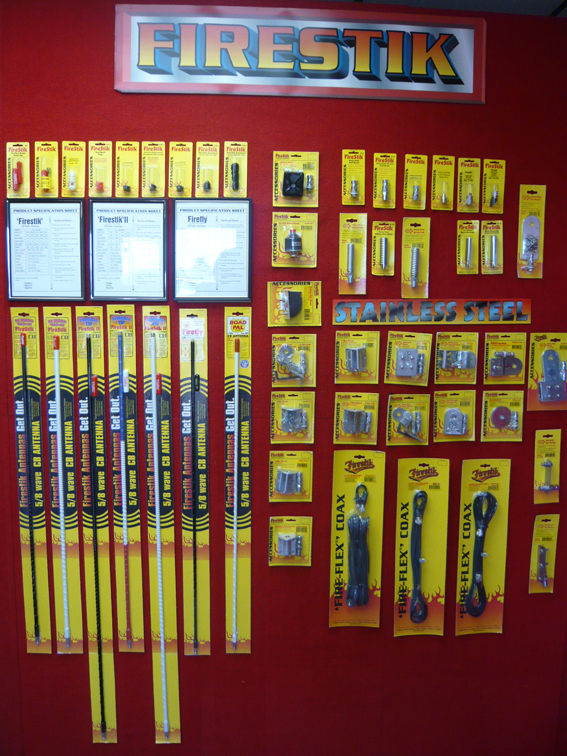
Based on a large premise in Phoenix Arizona, Firestik is the largest independent manufacturer of CB mobile antennas in the world. Many other famous brands have been sold to distributors and investors, but have disappeared over the years. Brands like K40, Wilson, Francis and Astatic still exist but just as a brand and not as an independent company anymore. Other brands are small, make only a few products and are often operated from a garage or workshop at home.
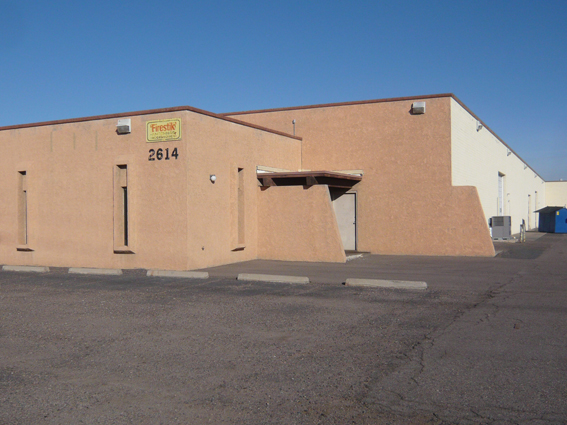
FAMILY OPERATED
Firestik is a real family company. The directors are Rick Vincent and his aunt. I have been in the CB business for over 40 years, but Rick has even longer. Put two of these oldies together and stories and memories about products and persons keep coming up, certainly when there is some ‘old stuff’ in the reception of the office.
According to the Vincents “people know that Firestik is still a family company. They appreciate that this is a steady and clear situation. Of many brands you have no idea where the production is, but we are an all American company, and many CB users want to support this situation”.
Several members of the family are active in the Firestik company. Rick Vincent II (3rd generation) gave us a tour of the factory.
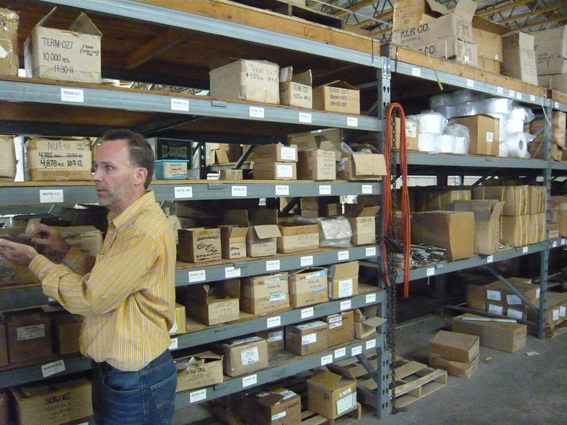
I have visited many antenna factories in the past, so I have something to compare it with. And this factory is a really well-organised and clean operation. Some factories look ‘different’, which is even an understatement.
A 2nd pleasant surprise was that these guys are totally honest and open.
They have nothing to hide and answered all our questions.
The walk through the factory was in fact a tour along the production process. This is what you get when things are well-organised. You see the stock of cartons to put the product on, cartons to put the product in, labels to put on the product and on the cartons, fiber whips, copper wire and product parts.
It all comes together in the production hall where all these separate items are needed. A line of machines is set up to wind the wire on the fiber rods. I have seen people do this by hand and I have seen PLC-operated machines, but this is simple and performs very well. They have a kind of pre-winded metal bar. A copper wire runs through this and copies it on the fiber rod. It is simple and efficient: there are no electronic failures as when using a PLC or ‘gambling’ as when done by hand.
PACKING
Winding the whips is one thing, but packing these cost efficiently is another. The carton cards and the cartons to pack the antennas in take up a lot of space for machines, stock storage and finalised product storage.
You see the typical yellow color of the Firestik packing all over the factory. Yellow as the sun in Arizona can be.
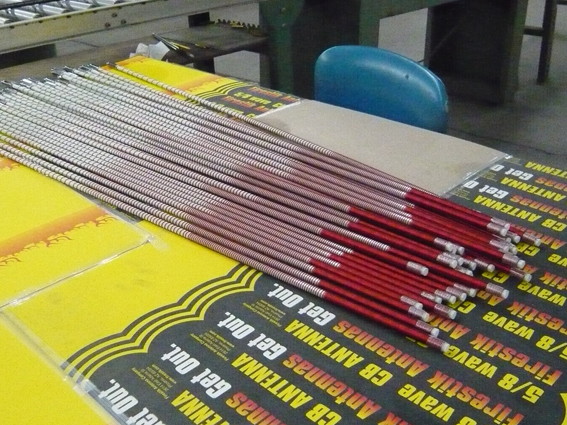
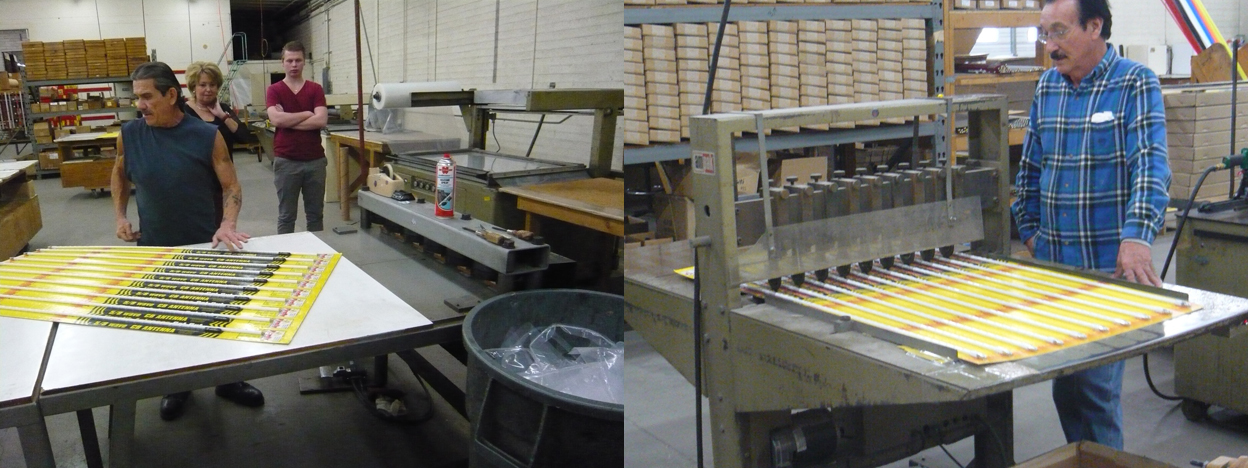
CRIMP SEAL
Sometimes you find something surprising in factories as local circumstances are always different. I know that the kind of antennas that Firestik produces is covered by a crimp seal. Nothing special. But these guys stock their crimp seal in a room that is air-conditioned and has a temperature alarm on it. The supply is always in winter, never in summer.
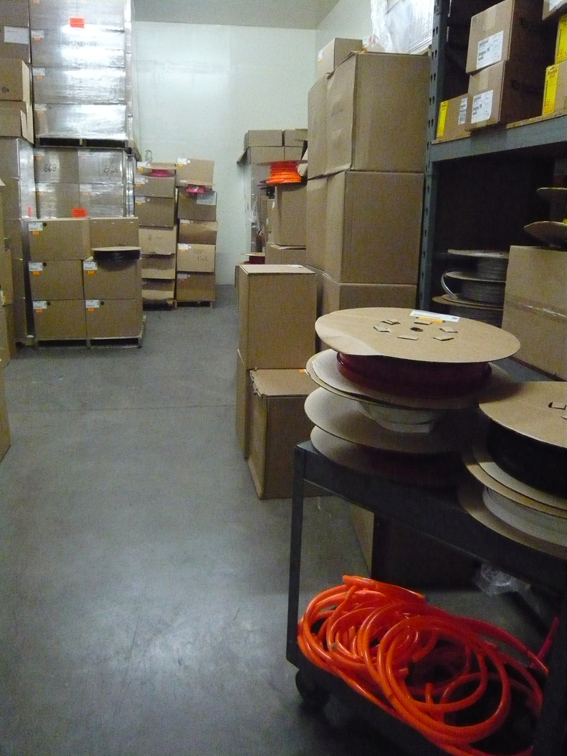
The reason is simple, in summer it gets over 40 degrees Celsius, so they cannot use a regular storage. If the air-conditioning fails they call a local transport company that brings a cooled trailer and they put all the pallets as quick as possible in that trailer until the air-conditioning is repaired again.
All sounds very logical, but I had never thought of such a problem before.
TESTING WHIPS
For testing the produced whips Firestik has built a testing table. Again, it is simple but has great value. It is a metal table on wheels that can be rolled outside for testing whips. It also has side panels and if these are put up you get a metal surface of approx. 3 by 3 meters. I loved this idea and we are now building something similar for our own testing at Avera.
SAFETY FLAGS
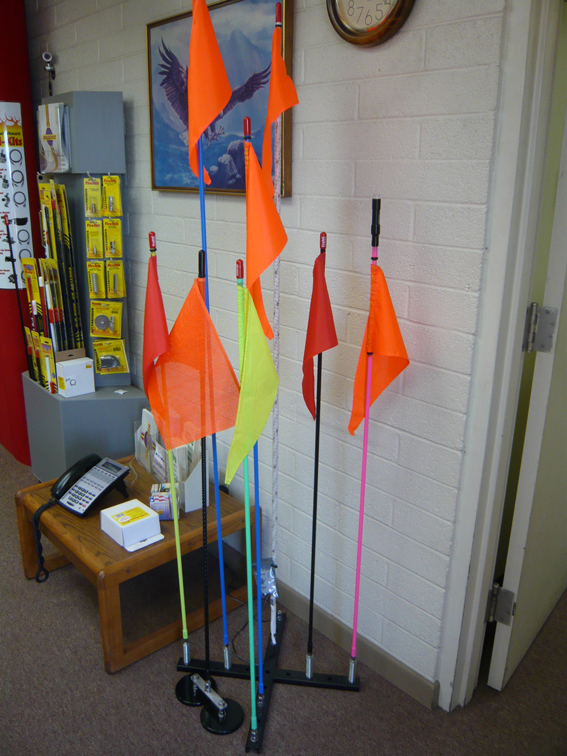
Every company is looking for new products to enter new markets and get new opportunities. Firestik is also constantly looking for new markets.
Several years ago they started the production and sales of SAFETY FLAGS. These are quite similar to antennas. It is also a fiber rod with a mounting part, but no copper wire windings and a there is a flag on the top of the rod. These flags come in many colors and lengths. In the USA you will see these rods along the roads to point out the side of the road.
When there is a lot of snow you need to know where the side of the road is !
The rods with a safety flag you will see on bikes and other moving objects that want you to know they are there.
This new line became a great success. If they manufacture 150.000 antennas a year, they now also produce nearly 50.000 safety flags.
Last winter they received a large order from New York CITY BIKE SHARE, because they needed safety flags to show where bike parking areas are.
Click the link to read more about this NY project:
http://thevillager.com/2014/01/09/scoopy-week-of-jan-9-2014/
THANK YOU
A big ‘THANK YOU’ to everyone at Firestik for being so open, honest and helpful and a special TNX to RV2. We enjoyed the tour and we hope many CB-ers will enjoy using FIRESTIK antennas for many more years.
More photo’s made during the factory tour:
